The second of two remarkable progressive releases that appeared this week, ‘cheating the polygraph’ is the work of Gavin Harrison, the exquisitely talented drummer whose work provides Porcupine Tree with its powerful, yet subtle backbone. Having worked with the likes of King Crimson, Iggy Pop, Sam Brown and OSI, Gavin is a highly respected musician and on ‘cheating the polygraph’ he successfully pulls off the unthinkable, reworking Porcupine tree classics such as ‘hatesong’, ‘futile’ and ‘start of something beautiful’ as lush jazz-infused epics. It’s a radical departure but, as Gavin states in the liner notes, music is not there to be lumped into genre classifications and really the only litmus test of music is ‘good’ or ‘bad’, and his work here is not so much ‘good’ as exemplary. His liner notes are correct, too, in the assertion that the music truly benefits from a surround mix.
Increasingly I’ve noted (with no small amount of pleasure) that labels such as Kscope have been fully supportive of their artists including surround mixes with their albums. Certainly there is no question that surround mixing has finally become the art form that it always promised to be with the likes of Steven Wilson delivering surround mixes that truly envelope the listener. The mix here, developed by Gavin himself, is an aural delight. Offered up in DTS 5.1 and Dolby Digital 5.1, the only possible criticism that can be found is the decision to release it is a DVD rather than Blu ray and to limit the options to surround only, meaning that listeners with good stereo setups cannot benefit from a high-res PCM track. Nonetheless, if you have the wherewithal, this is an album that was made for surround with the band gaining a huge amount of clarity from the multi-channel mix.
‘Cheating the polygraph’ opens with ‘what happens now’ and immediately you realise we’re in alien territory. Whilst the music here is tethered to the Porcupine Tree original, the differences are considerable and it is by no means certain that all PT fans will appreciate these radical re-workings. The closest comparison to this type of venture that I’ve seen is the way in which Philip Glass took selected elements of ‘Low’ (and later ‘Heroes’) to work up symphonic pieces that inhabited the same universe as the originals, but which otherwise radically rearranged the pieces for a very different manner of playing. For those with an open mind, it is a truly wonderful experience. Elements of Henry Mancini, Dave Brubeck and even Leonard Rosenman can be found amidst these dazzlingly cinematic arrangements and the surround mix really helps to bring this to life. With echoing brass, ‘what happens now’ appears as a wonderful prelude to the album and when the slinky bass and Gavin’s unique drumming appears, it is to take the track for a stroll through 50’s Chicago. It’s a vivid, wonderfully imaginative take on the original song and the instruments live and breathe in surround, whilst the LFE gets a wonderful workout from the bass work and occasional bursts of orchestral percussion. Although this is Gavin’s show, he plays in such a way that his drumming is consistently exceptional but never flashy and a newcomer could easily listen to the music without once considering that it was a project conceived by the drummer. It’s a fine opener to the album and it immediately highlights the fact that we’re far from home although the new pastures are inviting.
Second track ‘sound of muzak’ starts in a familiar vein with Gavin’s sterling percussive work and a windy bass before the brass leaps in and drags the melody off for a whiskey and a cigarette outside. Interestingly, even the heavier passages of the songs are well represented and the big band sound that Gavin has opted for possesses a huge deal of power that consistently impresses and surprises. Next up is ‘start of something beautiful’ which has an awkward time signature and which neatly juxtaposes fluid bass against fitful stabs of brass and woodwind. As always Gavin provides the unifying force, his drumming providing the song with its key link to the past whilst the big band instrumentalists wrench the song into a very different place. A very different track, possibly the highlight of the album is a very cinematic take on ‘heart attack in a layby’ which sees Steven Wilson’s enigmatic original recast as a wide-eyed and rather beautiful piece of music that you can imagine scoring any number of films from the fifties through to the sixties. There’s a noire-ish sensibility to the piece that recalls private detectives in trench coats and complex plots, and, at the heart of it all, are Gavin Harrison (who offers both drums and the marimba) and Laurence Cottle (whose near-perfect bass work provides the foil for Gavin’s ambitious percussion), the two wide-eyed sonic explorers who have chosen to take a form of music so often considered to be anachronistic and draw it headfirst into the twenty-first century. If the opening tracks demonstrate the possibilities of utilising traditional instrumentation in the place of rampant guitars, then ‘the pills I’m taking’ fully cements the point that you don’t need a wall of amps to stir the senses. Easily one of Porcupie Tree’s heaviest moments, ‘the Pills I’m taking’ is recast here as a big band epic and it sounds simply stunning as Nigel Hitchcock’s Sax, Ryan Quigley’s trumpet and Mark Nightingale’s trombone fuse perfectly to deliver a rich, warm wall of noise that loses none of the power of the original piece.
Where ‘the pills I’m taking’ seems entirely at odds with the notion of a jazzy reworking and yet succeeds beautifully, ‘hatesong/halo’ seems the perfect piece thanks to the original’s subdued atmosphere and creamy bass work. So it proves, with the two tracks blending neatly together as Gavin leads into them with his Marimba. Interestingly, the distinctive sound of the Marimba draws the song in an unexpected direction and you can’t help but recall Peter Gabriel’s endlessly fascinating ‘new blood’ project, a similar musical conceit that saw the artist reconfigure his back catalogue for a purely orchestral rendering. As with ‘heart attack in a layby’, the jazz styling gives the song a weighty cinematic feel with the music conjuring up all manner of imagery from bustling streets lit by neon, to whimsical adventures possessed of a comical yet suspenseful edge (think North by Northwest). Once again, there are elements not just of traditional jazz but also the soundtrack work of composers such as Leonard Rosenman, the composer whose work so enlivened the likes of Robocop 2, Star Trek IV, The Jazz singer and Barry Lyndon, in the way in which the music paints such a bright and vivid picture and the whole is so utterly engaging that it is impossible for your imagination not to be stimulated by the various pieces.
The album edges towards its conclusion with the title track, here benefitting from some wonderfully salacious brass work and a drum performance form Gavin that is amongst the best work he has ever put his name to. At over five minutes, the piece feels half that and, before you know it, we’re into the syncopated beast that is ‘futile’, a piece made no easier for its reinvention, and it is here that Gavin and his band truly cut loose, so that you can almost feel the sweat dripping to the floor as the piece comes to a close after just five short and near perfect minutes later. It’s a fitting end to an album that is both eloquent and elegant and Gavin is smart enough to keep the project to just such a length that listeners will inevitably want more.
‘Cheating the Polygraph’ is a work worth its weight in gold. Laurence Cottle’s remarkable arrangements place the Porcupine Tree originals in a singular light and so absorbing is the playing that you soon forget that this is a reworking of existing songs and simply go along with the ride. The playing is exquisite from all concerned and, like a film where the acting is so natural you begin to identify with the characters, here you become connected to the artists producing this wonderful music. The surround mix has the added benefit that you truly do feel like you’re sitting in a room surrounded by the players and it is best enjoyed sitting quietly with no other distractions (save, perhaps, an excellent scotch) so that you can truly savour the endless skill and invention that has gone into the album’s creation. Whilst there are those who will undoubtedly dislike this album for the way in which it ruthlessly reinvents the original pieces, those with an open mind will find an album that has a spirit that is all its own, one that is wonderfully warm and human and which has a mischievous glint in its eye. It is a towering achievement; an artistic triumph and a brave, exciting work from an artist who has forged a career out of playing with some of the very best musicians in the industry. I came to this album with no real expectations other than that I would hear some stunning musicianship, but this is so much more than that. It is a love letter both to the work of Steven Wilson and to the varied genre that is jazz and it is delivered by a group of committed, passionate individuals who clearly poured their hearts and souls into the project. You’ll not hear another album like it, but there is no question that this joyous celebration of all that is best in music will grace a number of album of the year polls come December.




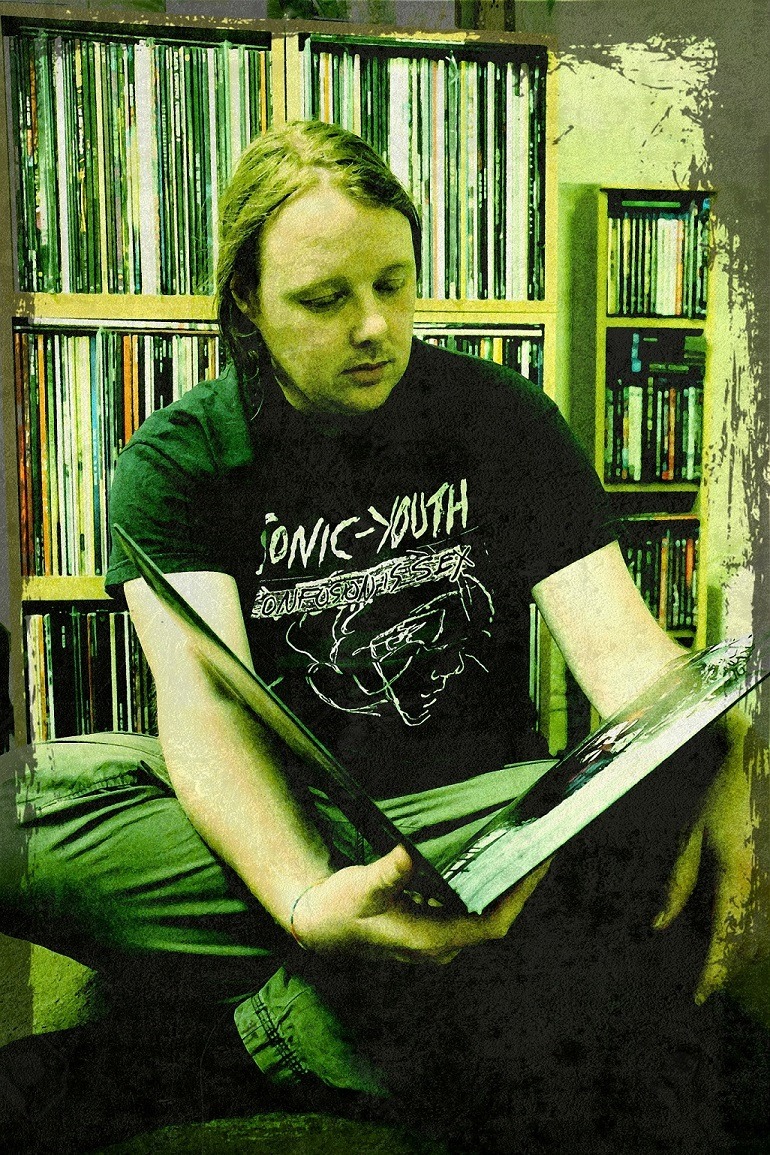
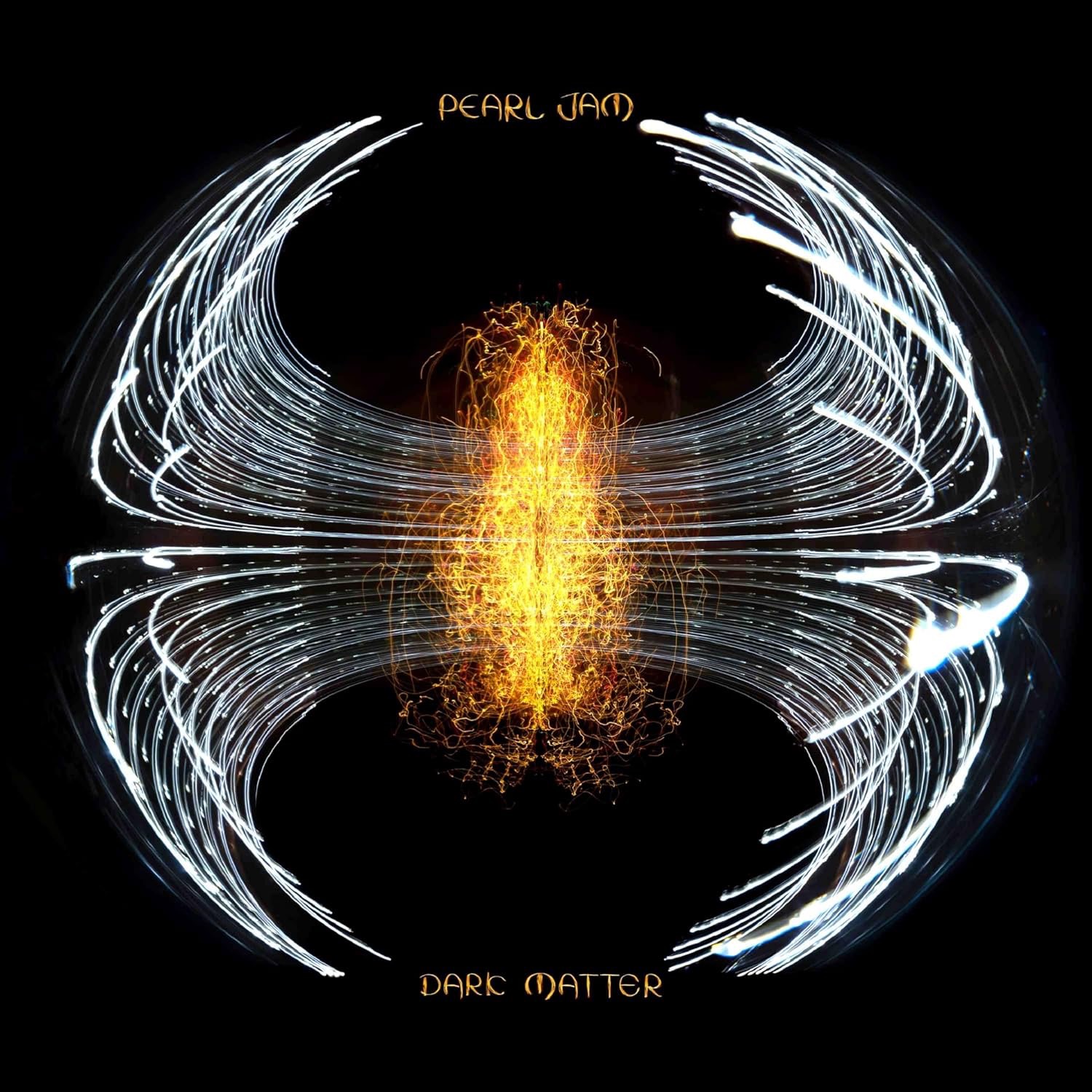
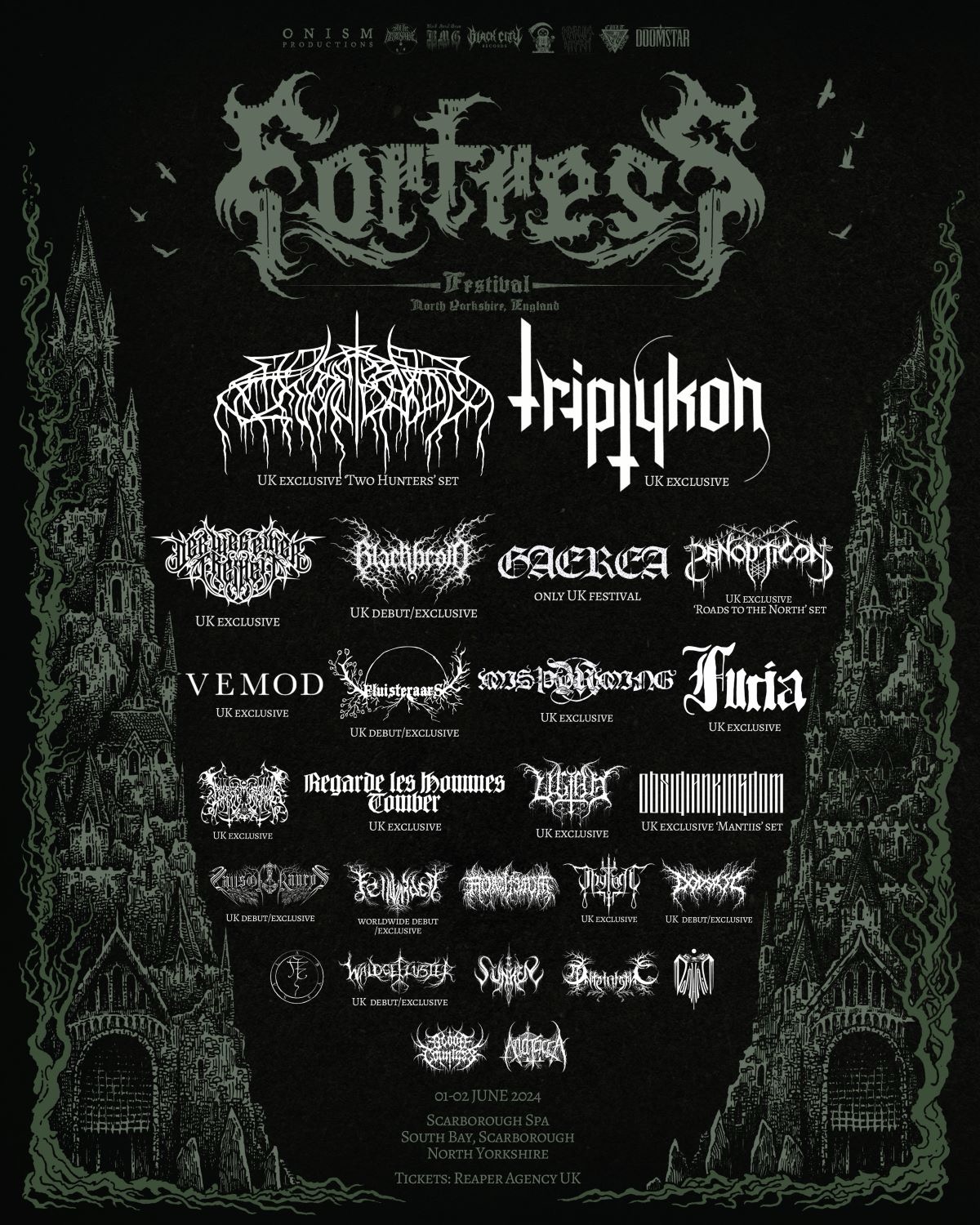
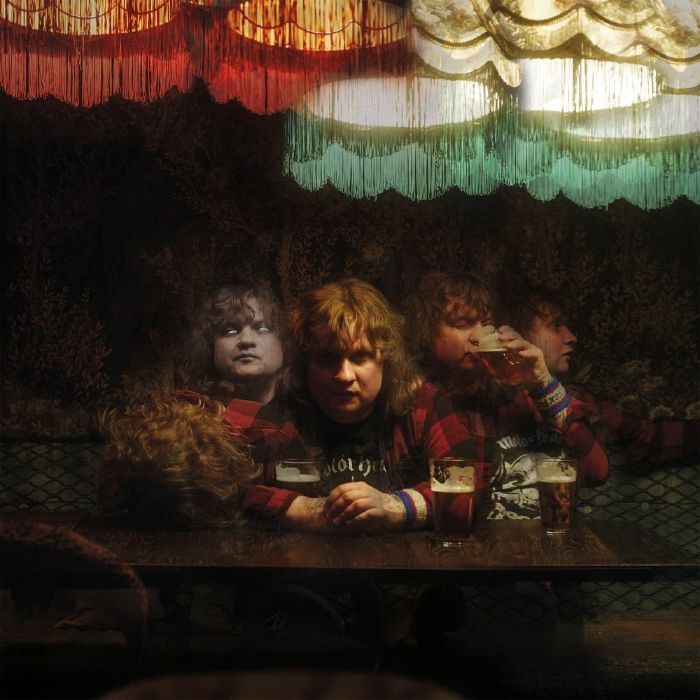
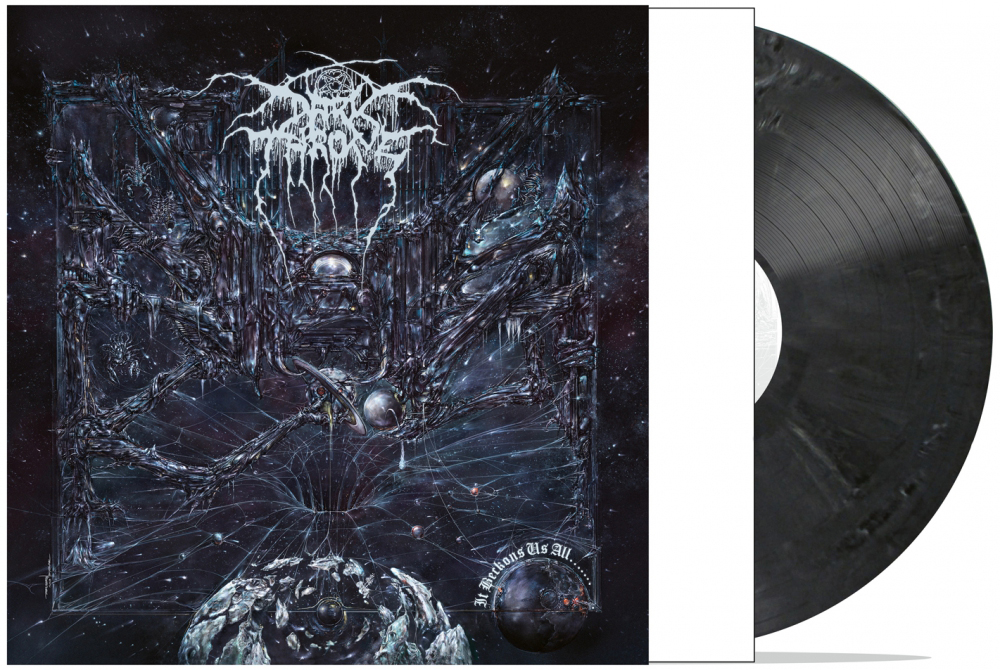


Leave a Reply